Amazon Elastic Kubernetes Service (Amazon EKS) runs the Kubernetes management infrastructure for you across multiple AWS Availability Zones to eliminate a single point of failure. Amazon EKS is certified Kubernetes-conformant, so you can use existing tooling and plugins from partners and the Kubernetes community. Applications running on any standard Kubernetes environment are fully compatible and can be migrated to Amazon EKS.
- A highly available architecture that spans three Availability Zones.*
- A virtual private cloud (VPC) configured with public and private subnets according to AWS best practices, to provide you with your own virtual network on AWS.*
- In the public subnets, managed NAT gateways to allow outbound internet access for resources in the private subnets.*
- In one public subnet, a Linux bastion host in an Auto Scaling group to allow inbound Secure Shell (SSH) access to Amazon Elastic Compute Cloud (Amazon EC2) instances in private subnets. The bastion host is also configured with the Kubernetes kubectl command line interface for managing the Kubernetes cluster.
- An Amazon EKS cluster, which provides the Kubernetes control plane.
- In the private subnets, a group of Kubernetes nodes.
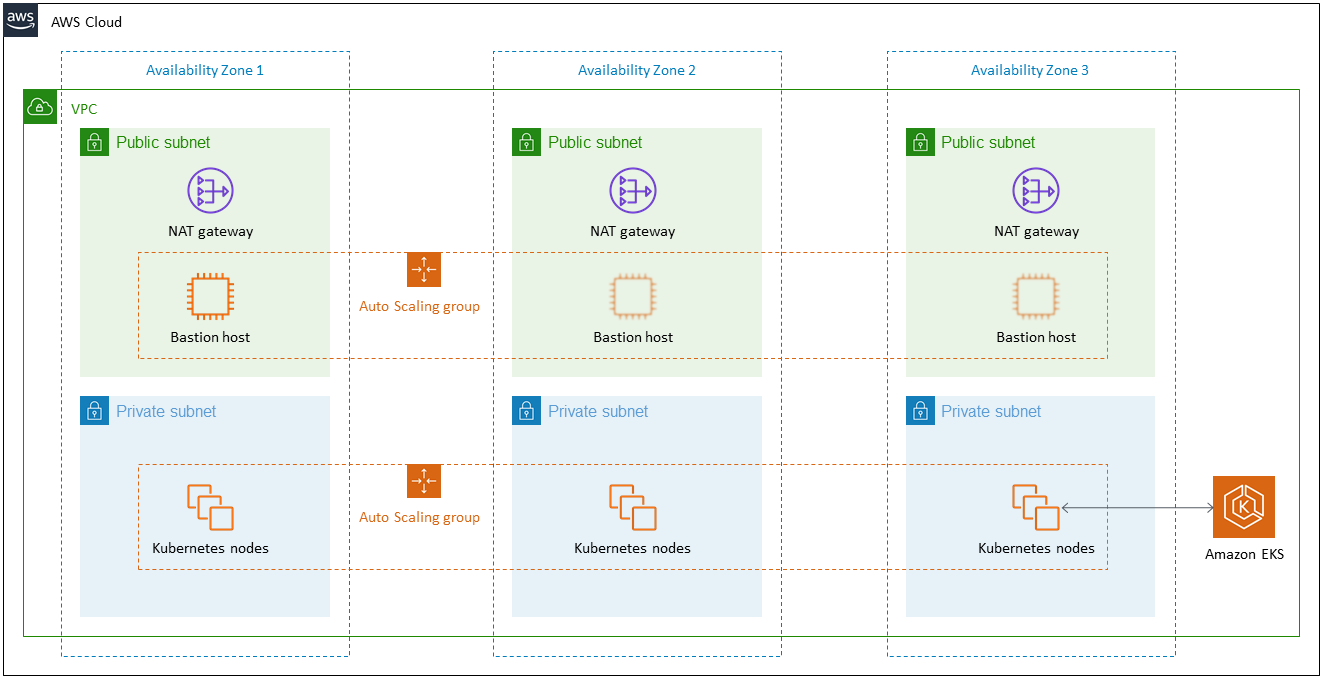
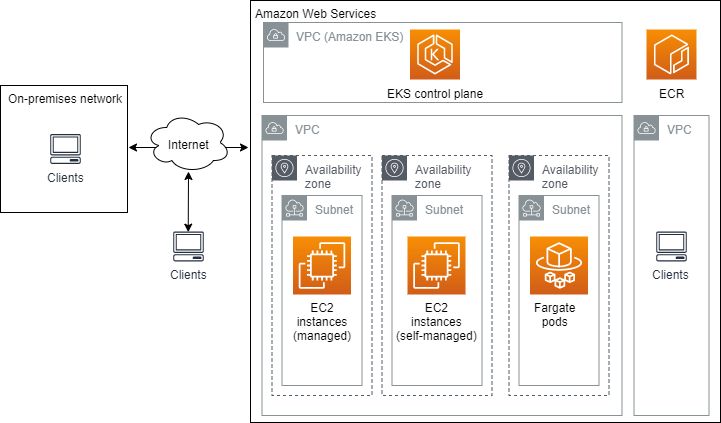
EKS Workflow
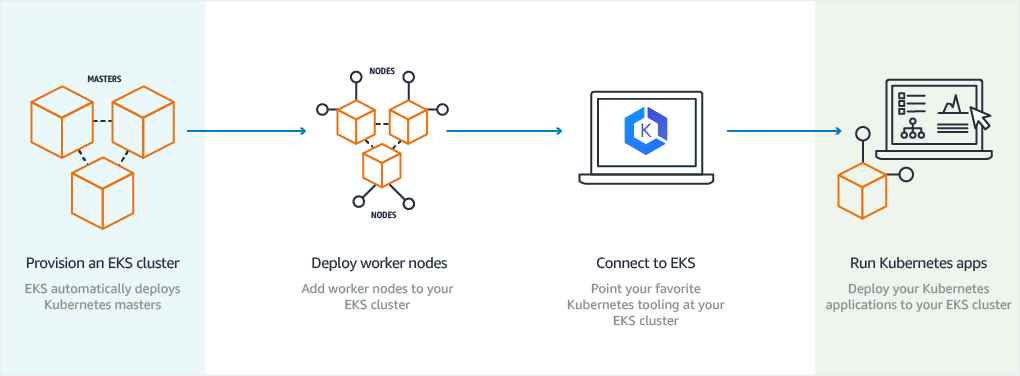
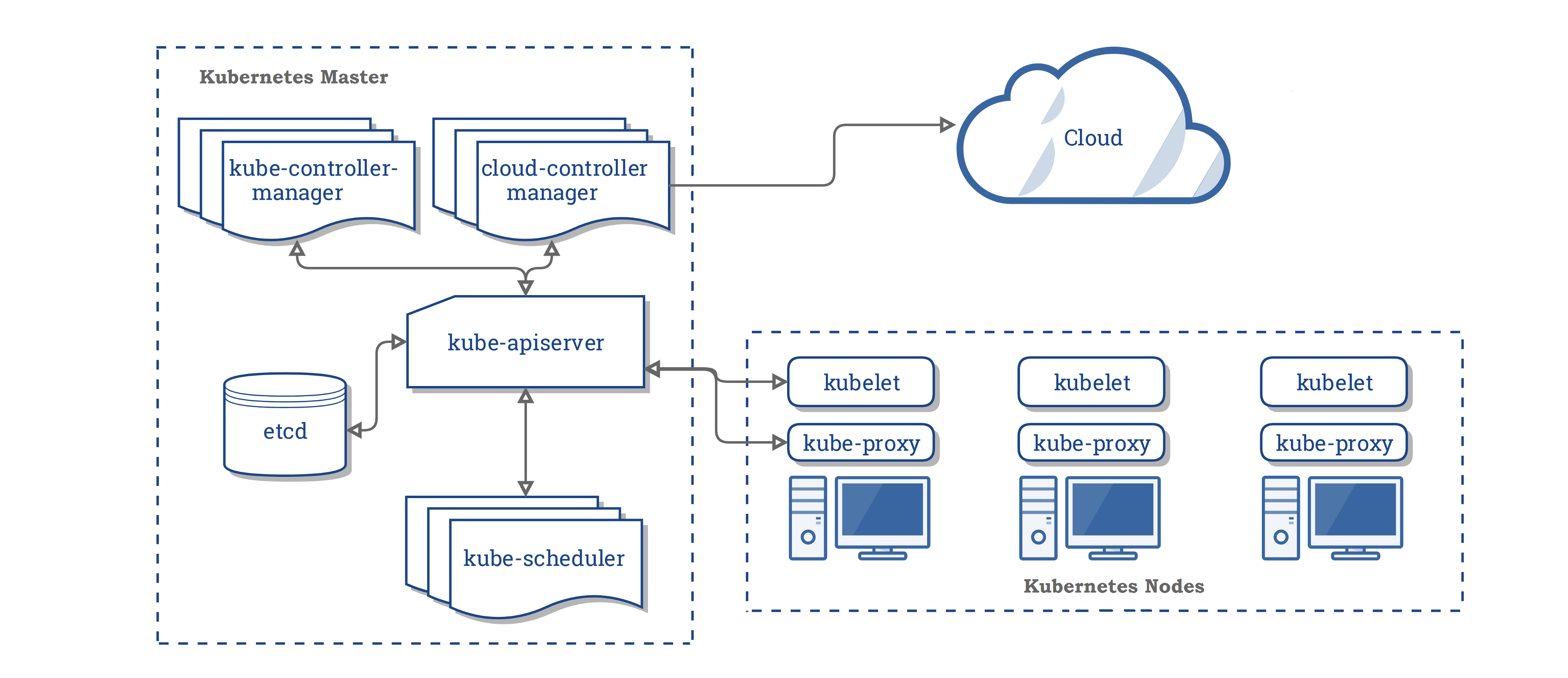
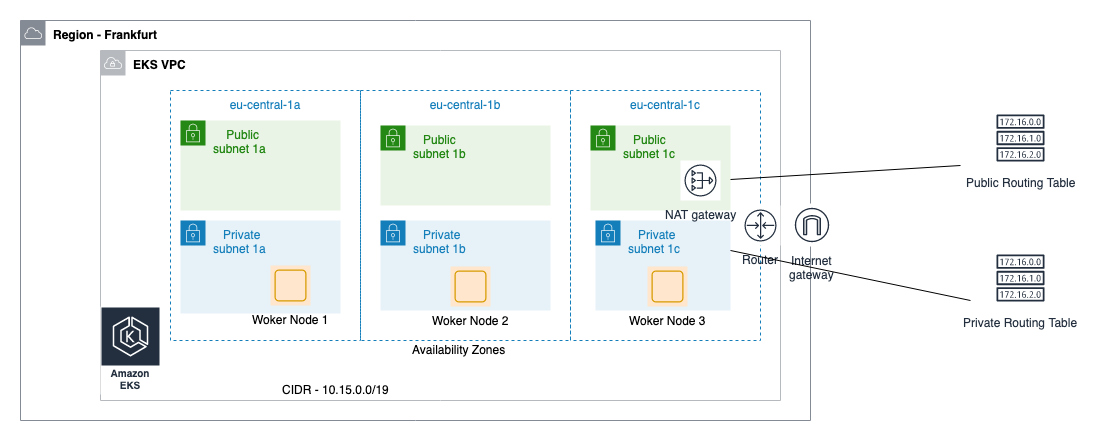
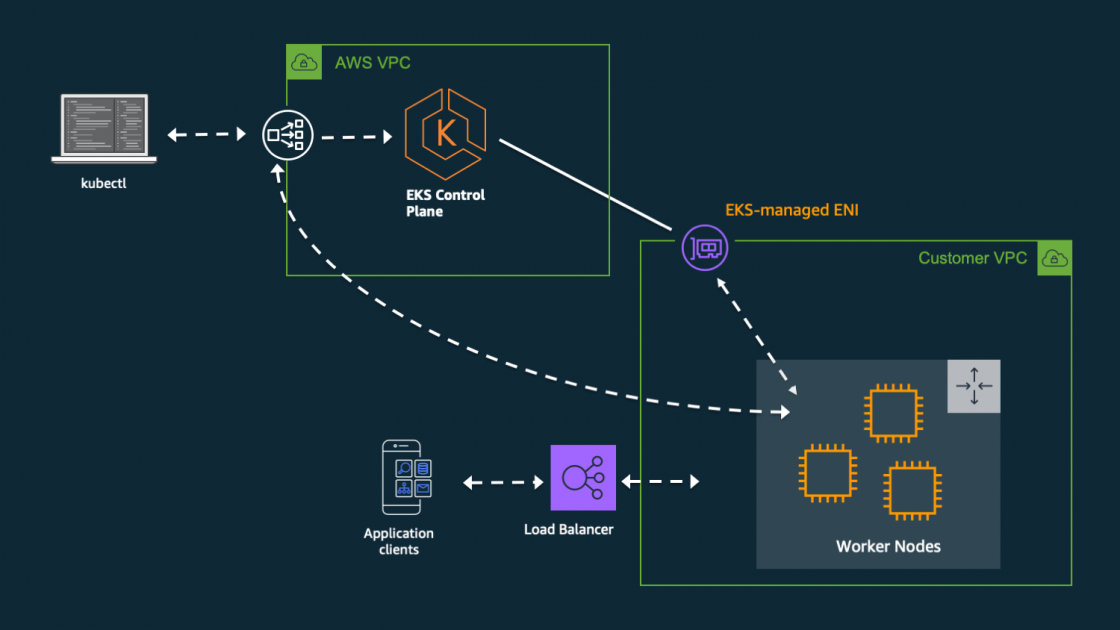
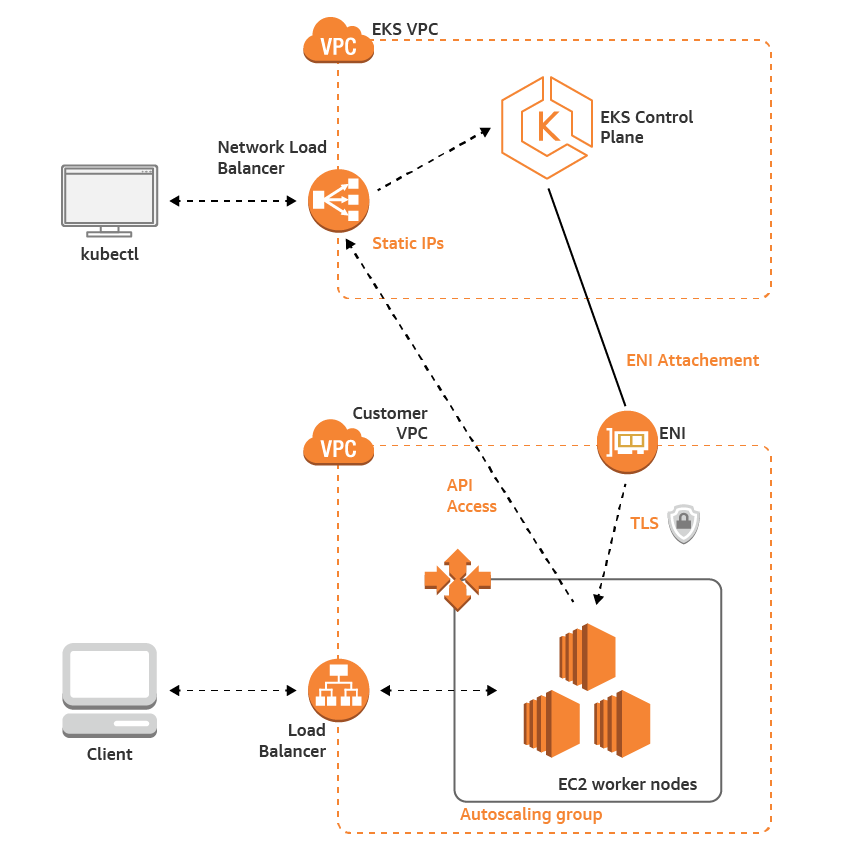
session-1-kubernetes-fundamental-tutorials-by-rajesh-jan-2021
session-2-kubernetes-fundamental-tutorials-by-rajesh-jan-2021
session-3-kubernetes-fundamental-tutorials-by-rajesh-jan-2021
session-4-kubernetes-fundamental-tutorials-by-rajesh-jan-2021
session-5-kubernetes-fundamental-tutorials-by-rajesh-jan-2021
session-6-kubernetes-fundamental-tutorials-by-rajesh-jan-2021
session-7-kubernetes-fundamental-tutorials-by-rajesh-jan-2021
session-8-kubernetes-fundamental-tutorials-by-rajesh-jan-2021
session-9-kubernetes-fundamental-tutorials-by-rajesh-jan-2021
session-10-kubernetes-fundamental-tutorials-by-rajesh-jan-2021
session-11-kubernetes-fundamental-tutorials-by-rajesh-jan-2021
Latest posts by Rajesh Kumar (see all)
- What is Mobile Virtual Network Operator? - April 18, 2024
- What is Solr? - April 17, 2024
- Difference between UBUNTU and UBUNTU PRO - April 17, 2024

